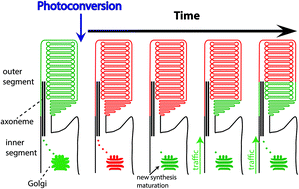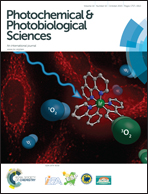Applications of phototransformable fluorescent proteins for tracking the dynamics of cellular components†
Abstract
In the past few decades, fluorescent proteins have revolutionized the field of cell biology. Phototransformable fluorescent proteins are capable of changing their excitation and emission spectra after being exposed to specific wavelength(s) of light. The majority of phototransformable fluorescent proteins have originated from marine organisms. Genetic engineering of these proteins has made available many choices for different colors, modes of conversion, and other biophysical properties. Their phototransformative property has allowed the highlighting and tracking of subpopulations of cells, organelles, and proteins in living systems. Furthermore, phototransformable fluorescent proteins have offered new methods for superresolution fluorescence microscopy and optogenetics manipulation of proteins. One of the major advantages of phototransformable fluorescent proteins is their applicability for visualizing newly synthesized proteins that are en route to their final destinations. In this paper, we will discuss the biological applications of phototransformable fluorescent proteins with special emphasis on the application of tracking membrane proteins in vertebrate photoreceptor cells.

- This article is part of the themed collection: The 16th International Congress on Photobiology


 Please wait while we load your content...
Please wait while we load your content...